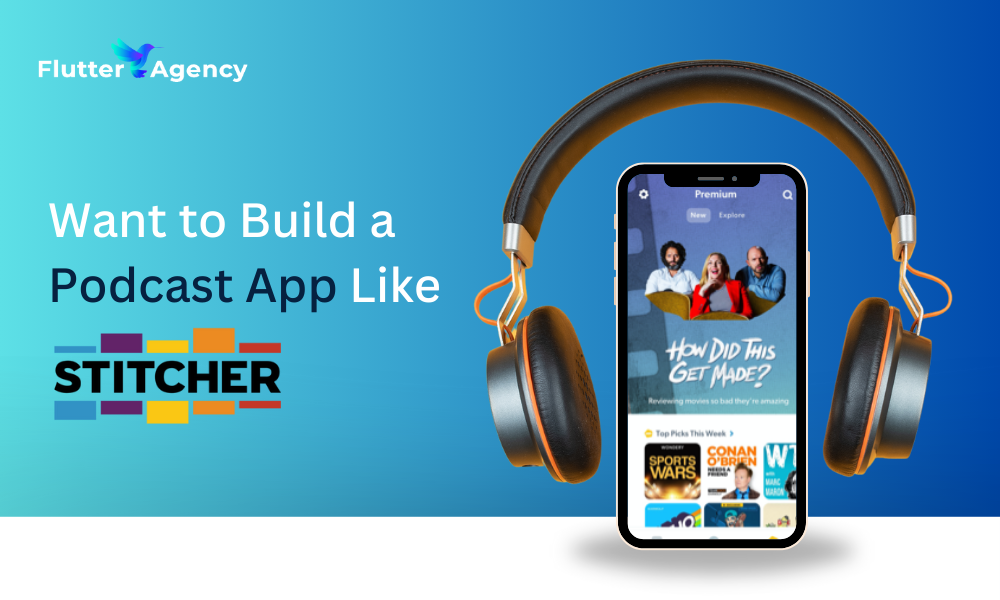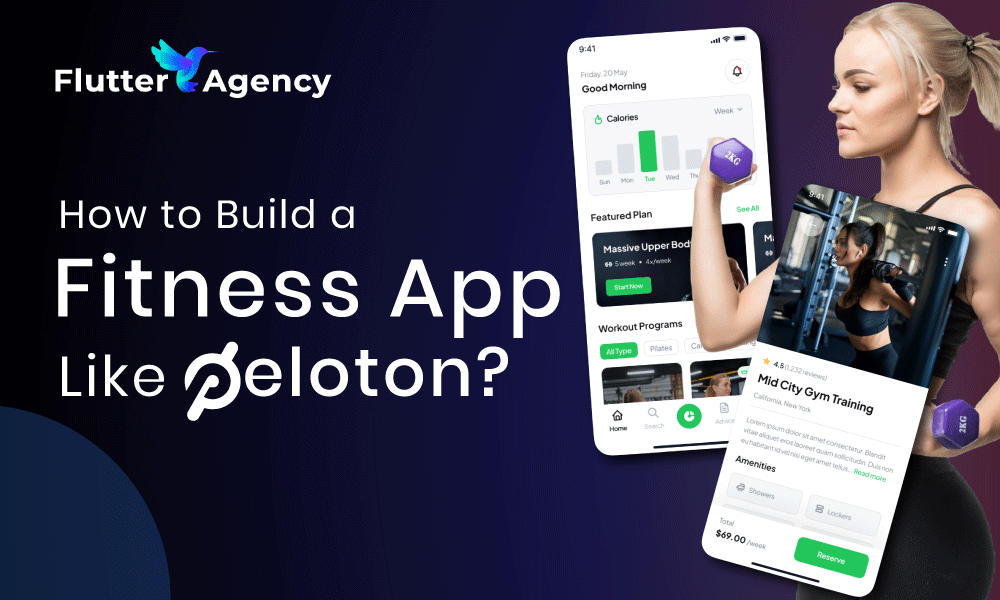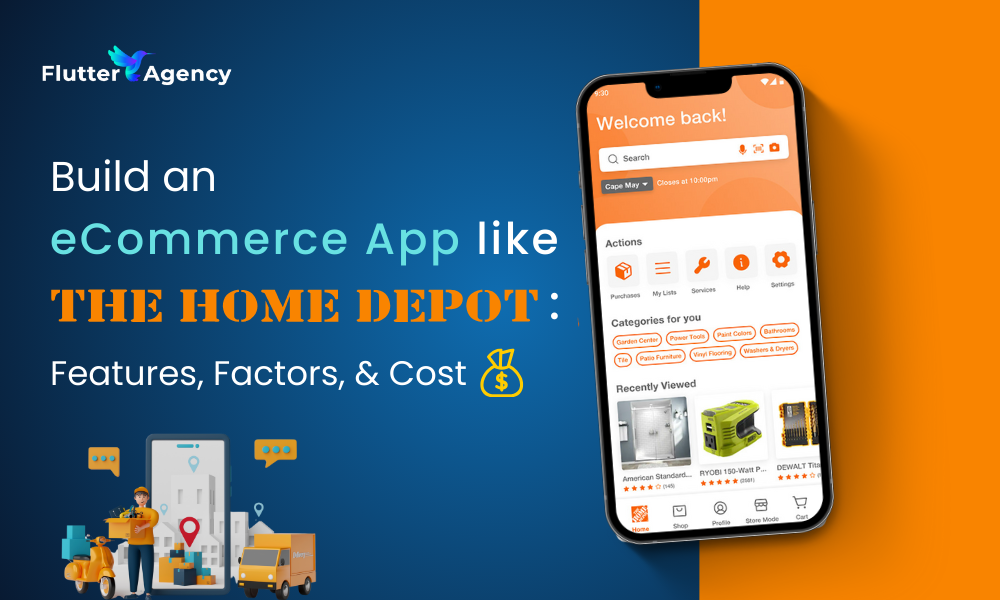The Future of Low-Code Development: Flutterflow’s Evolution
Low-code platforms have become a game-changer, especially for startups with speedy launches in mind in the fast-paced global software development scenario.
These platforms help in building apps with the use of visual interfaces and drag-and-drop tools that provide an easier environment to develop applications reducing the prevalence of conventional coding knowledge.
Especially beneficial for smaller startups with fewer resources, this method allows businesses to develop and deploy mobile apps quickly, iterate rapidly fast as well, and help merchants concentrate on innovation over complex code.
Nothing beats low-code in the modern way we develop software! Since there is a lot of pressure on startups to meet tight deadlines and budget constraints, these platforms have only helped in saving time.
Low-code development reduces the technical barriers to entry, enabling more people – from full-time developers and citizen creators alike — to be involved in creating apps, leading us towards a broader view of what an agile developer looks like.
Flutterflow is a great example of the things happening in low-code development. Developed on Google’s Flutter framework, users can build fully functional mobile applications without the need to write long lines of code using the app-building platform—Flutterflow.
With its simple UI, it comes with features that make it great in mobile app development especially for startups. In addition to speeding up your workflow, Flutterflow gives you the ability to drop in custom code whenever needed which will remedy any inefficiencies pent-up from using visual tools while designing in a way that remains easy enough accessible for beginners.
With the mobile app development for startups demand growing ever larger, Flutterflow comes through as a wind of stiff breeze in a low code world balancing being user-friendly and feature-rich.
Low-Code Platforms Going Mainstream
Factors Behind Increasing Low-Code Adoption

Some of the key trends that are driving the rise in low-code platforms, including mobile app development for a startup:
Increasing Demand for Faster Development Cycles: Startups have to get their products out in the market faster or face losing out on business. This enables low-code platforms for quick prototyping and deployment, which helps to reduce time-to-market.
Shortage of Skilled Developers: There is a shortage of developers, with great demand for software solutions. Low-code platforms map to this inverse need, allowing less technical users the ability to build basic yet functional applications.
Need for More Accessible Development Tools: Inclusion of non-developers and business users in the development process. Low-code platforms are created for the non-technical user.
Benefits of Low-Code Development

Speed and Efficiency in App Creation: Low-code platforms provide a way to streamline app development, which allows you faster creation (and iteration) of mobile apps — an absolute necessity for startups.
Cost-Effectiveness: As the low-code platforms tend to lower down all that extensive coding and specialized skills needs, it becomes a cost-effective technology for startups.
Empowering Citizen Developers: Low-code tools empower citizen developers to get involved in app development, therefore applying innovation that might not have been viewed otherwise — enabling startups with a broader set of ideas and skills.
Why Flutterflow Stands Out
Integration with Flutter
Flutter —(made by Google) is a popular native UI toolkit for cross-platform development on Mobile, Web, and Desktop
Its benefits include:
Write Once, Deploy Anywhere: need to write platform-specific code in one shared library.
Performance is Key: Flutter provides 60-120 fps animations and fast responses to user input, delivering a superior app experience.
Flexible Widgets: It comes with a rich set of flexible widgets that helps you to develop polished and customized UI.
Building on these capabilities, Flutterflow is a low-code platform that preserves the strengths of Flutter as well as makes app development even more accessible.
Because of Flutter’s powerful framework, making a quality mobile app with minimal coding expertise is made possible by Flutterflow; great for startups wanting to develop mobile apps.
Key Features of Flutterflow

Visual Development Environment: Provides an easy-to-use drag-and-drop interface that makes creating Android Applications as easy and quick as possible.
Building with Custom Code: Flutterflow has made it easy to build without any code, however, for added flexibility and functionality custom coding can always be integrated.
Pre-Built Templates and Components: Some various in-build templates and components will help you to fasten the process of development which results consistently in one place with the user interface.
Real-Time Collaboration and Feedback: While collaborating in real-time, teams readily iterate on designs and implement changes faster.
Use Cases
Examples of Flutterflow Projects Built Efficiently
- A startup rapidly launching an MVP for a mobile app, reducing development time from months to weeks.
- A non-profit organization creating an app to engage its community without needing a full development team.
Types of Industries that will be Benefitted by Flutterflow

Healthcare: For rapid patient management applications or telemedicine solutions.
E-commerce: To quickly launch their mobile shopping platforms used for startups.
Education: Interactive learning tools and platforms that need quick iteration + deployment.
With all the powerful features mentioned above and greater versatility, Flutterflow is an excellent choice for any startups or businesses willing to make their custom mobile app development less complicated.
What Is the Future of Flutterflow in Low-Code Development

Upcoming Features and Roadmap
However, as Flutterflow continues to grow other interesting updates are going to be introduced over time making it powerful, especially for mobile app development startups.
It is expected that future updates will continue to enhance the platform by providing powerful UI/UX design tools, improving performance, and extending integration with third-party services. These new features should make Flutterflow even more powerful and easier to work with.
A roadmap might also include tighter integration with cloud services, AI-based development assistance, and extended platform support like wearables or IoT. You can create fantastic new tools and integrations that help startups build applications, which keeps you ahead of the competition.
How It Affects the Developer Ecosystem
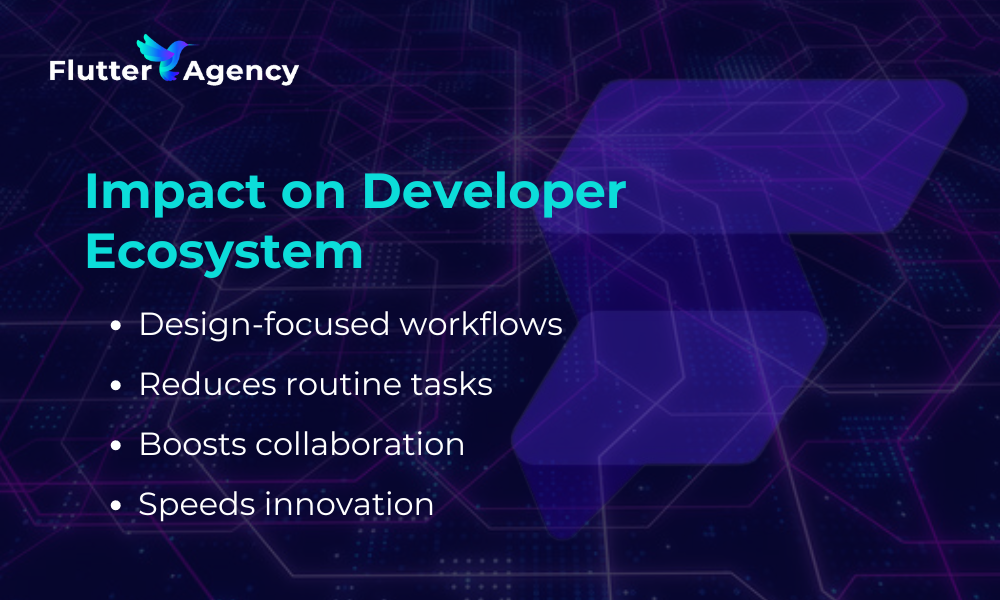
Flutterflow has the potential to disrupt the status quo of traditional development practices and move the needle for the developer ecosystem.
As low code is getting steam and platforms like Flutterflow are growing, this may lead to moving the field from manual coding towards design-centric workflows.
This may reduce the necessity of highly specialized developers to conduct monotonous tasks and take their focus on new complex task which has scale.
Additionally, Flutterflow plays a major role in collapsing that wall between developers and non-developers. This democratization of app building helps the platform promote a more balanced renewable workflow structure, whereby any layman can take part in making apps and expediting their fruition.
First and foremost, this democratization of development speeds-driven innovation which is particularly essential for startups where agility and velocity are qualities that spell the difference between success or failure.
Challenges and Considerations
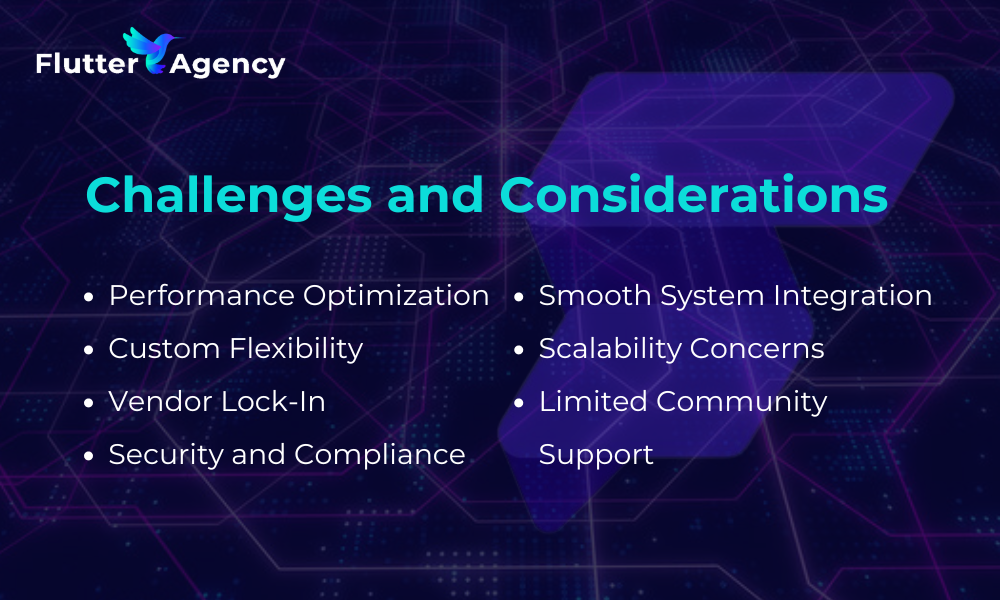
Although a robust low-code solution, several challenges startups ought to contemplate for effective app development are:
Performance Optimization:
While high productivity and ease of use are certainly low-code benefits, the trade-off is that it doesn’t generally generate very optimized code, which can cause scalability problems in larger applications.
As a startup, you are likely to need some tweaks of the application performance, especially with huge data processing or very high traffic from users.
It Allows Customization and Flexibility
While Flutterflow does allow custom code injection, users may still be restricted in creating very specific or intricate functionality.
Some parts of the app will likely require more traditional coding in certain contexts, adding both time and complexity to development when compared with using nigiri.
Vendor Lock-In:
Using a particular low-code platform like Flutterflow in essence locks the team into it — resisting changing to another Limited options for flexibility or transitioning from one system to change have various operation and advancement costs.
Startups need to evaluate the scalability of FlutterFlow in the long run and prepare alternative solutions to avoid any single platform dependency.
Security and Compliance:
Some industries might not be comfortable with the level of security or compliance that comes with low-code platforms, for example, finance and healthcare.
Any startup in these verticals should put Flutterflow to the test and will likely also need to layer on some other security practices over time as they scale.
Seamless Integration with Your Systems
One challenge, in general though is to integrate Flutterflow apps with existing legacy or non-standard technologies.
Startups will need to have integration obstacles in mind and be prepared for them, which needs money to do.
Scalability Concerns:
As the startup matures, one may find themselves adding more dependencies as the features being built outpace what a low-code platform can provide.
This means start-ups must also be wary of how scalable Flutterflow is, and be ready to which over upon necessity to the tried and tested methods.
Limited Community Support:
Low-code platforms like Flutterflow will likely have smaller communities and fewer third-party resources than more established development frameworks.
This may present a challenge for startups, as they will struggle to avail supporting modules or get in touch with perfect-use products, and this is where detailed consideration of the development strategy being adopted by them should play an important role.
This Product Is A Little Easier For Non-Developers To Use – There is still some learning curve, but I guess that comes with the territory on almost all popup plugin options.
Flutterflow is built to make application designing easy and anyone can get the hang of it but a few things will be difficult for non-developers, especially those without experience in app development.
Ensuring team members have the training and resources they need to leverage the platform.
Startups can successfully ride the wild wave of low-code development with Flutterflow, provided that they approach these challenges thoughtfully and intentionally: before reaching a compromise between decisions best made without code or limitations on functionality plankton for mobile app success.
Build Smarter Apps with FlutterFlow
Streamline your app development with low-code FlutterFlow. Build yours now!
Conclusion
At Flutter Agency, we believe that low-code platforms are the building blocks for what may be the future of software development — a revolutionary process that will democratize app creation and speed applications to market. As the increasing need for quick innovation and value-based solutions rises, especially in mobile app development for startups, low-code tools such as Flutterflow are set to revolutionize how this industry operates.
With excellent integration with Flutter and comprehensive features, it seems to be one of the top platforms for connecting pro-developers and non-developers. The ideation stage for a unique custom-built application can be created so instantly, whereas the option of customization is available yet retains its flexibility as perceived necessary for specific business models.
Moving forward, as low code platforms take over like Flutterflow in the software development world. Some of how Flutterflow speeds up development time, reduces dependency on heavy coding skills, and improves team collaboration will help evolve how startups approach mobile app-building.
Contemporary ventures
Recent blog
ready to get started?
Fill out the form below and we will be in touch soon!
"*" indicates required fields








